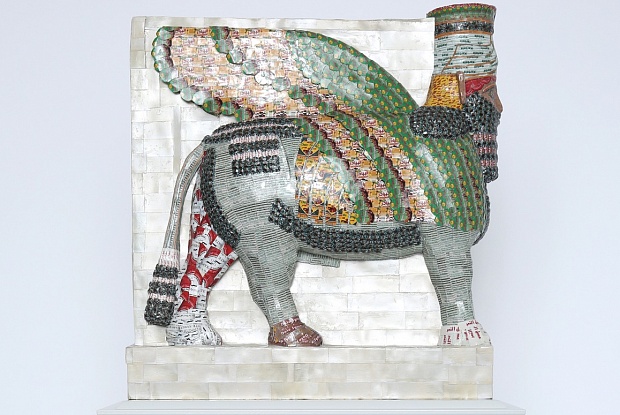This year’s plinth proposals have been welcomed into the gallery under its present director Gabriele Finaldi. “The Fourth Plinth is literally a few yards from our façade, and we are very close neighbours,” he says. “It’s an extraordinary idea, and I think we’re the envy of many of our colleagues abroad in that we have a space in such a prominent place that commissions works of art that are the object of so much debate and which engage the public. I think that’s what we need to do: find ways to make the public look at and become interested in art, whether it’s art in museums or art in the street. So, in that sense we are very committed to this square as a public space.”

Finaldi says he has “never believed in the very sharp separation between what is contemporary art production and what there is from the past”. As far as he is concerned, art is “a big flow of history”.
He says: “I’ve always thought of the National Gallery’s collection not as an Old Master collection, but a collection of great art, and it is viewed constantly by an always contemporary audience. What is in the gallery, even though it has been, let’s say, hallowed by the fact that it’s taken up residence in this space and in this institution, nonetheless it’s constantly contemporary, because it’s viewed and talked about by contemporaries and it acts as a constant source of inspiration for contemporary artists. So, I am very happy to have the Fourth Plinth back in the National Gallery.”
The proposals range from the American sculptor Huma Bhabha’s figure inspired in part by comic science fiction but also evoking ritual totems, to the British artist Heather Phillipson’s giant blob of cream with a cherry on top, interrupted by a fly and a sinister drone. Damián Ortega, the Mexican artist, has proposed the tallest sculpture on the plinth to date, a tribute to unintentional sculptures found in everyday life, with a truck, oil barrels and a ladder.
Two proposals explicitly address historic sculpture. The work by the Indian group Raqs Media Collective makes a ghostly presence of an imperial statue in their native Delhi’s Coronation Park. Meanwhile the Chicago-based artist Michael Rakowitz plans to reconstruct the ancient Assyrian sculpture of Lamassu that was in the Mosul Museum until its destruction in 2015 by Isis. Rakowitz would use empty tins of date syrup—a reference to an industry that has suffered from the wars in Iraq.
“The artists are engaging with what the plinth is,” Finaldi says. “It’s a historic monument in itself, in a square which honours history and the great people of history. So, the fact that they’re taking on all those resonances is fascinating.”
View the full article on The Arts Newspaper here.
